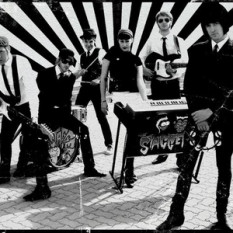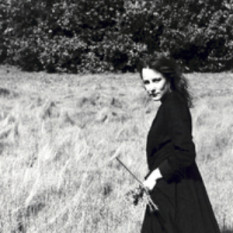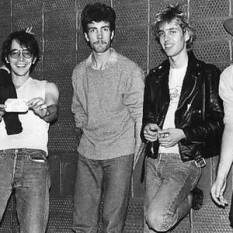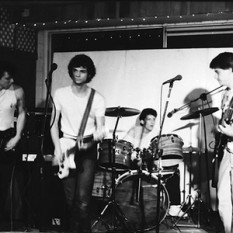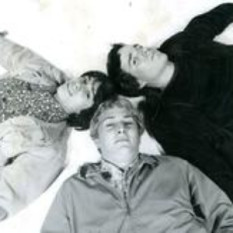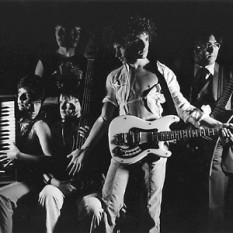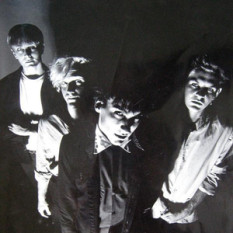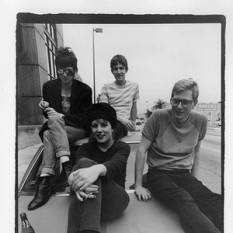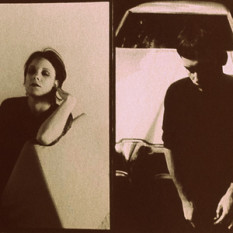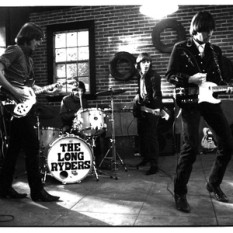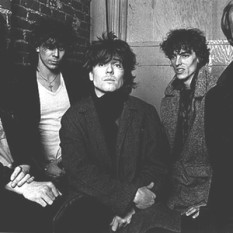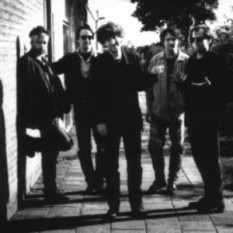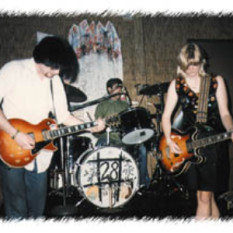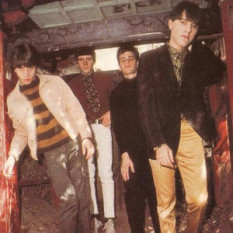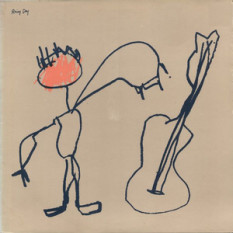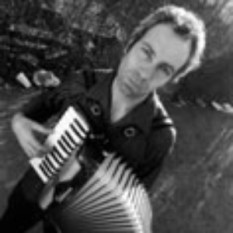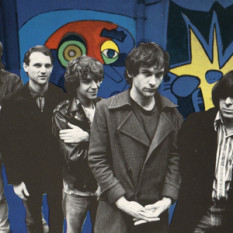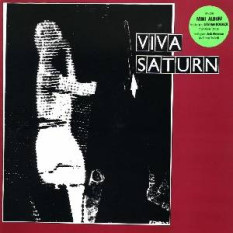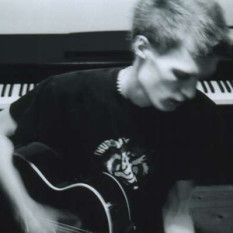Paisley Underground is a term used to describe a genre of rock music, based primarily in Los Angeles, California, which was at its most popular in the mid-1980s. The coinage — a joke that stuck — is usually ascribed to Michael Quercio of the band The Three O'Clock. The term was most likely first coined at an early morning post-show conversation at Los Angeles' Pantry (24 hour restaurant) between Michael Quercio (The Three O'Clock), Tom Betts (a friend, who was wearing a navy blue button-down shirt with paisley cuffs that night), and Karl Precoda (Dream Syndicate). It was intended as a reaction against what had become an intensely violent hardcore Los Angeles punk scene at the time, and was a reference to "peace and love" inspired rock of the 1960s.
Paisley Underground bands incorporated psychedelia, rich vocal harmonies and guitar interplay in a folk rock style that owed a particular debt to The Byrds, but more generally referenced the whole range of 1960s West Coast pop and garage rock, from the Seeds to the Beach Boys. The Dream Syndicate channeled Crazy Horse and Creedence Clearwater Revival -- via The Velvet Underground -- while The Bangles recalled The Mamas and The Papas, Green on Red came on as a cousin to The Doors, The Long Ryders honored Gram Parsons and Buffalo Springfield, The Three O'Clock owed debt to the Bee Gees and The Monkees, and so on. The 1970s Memphis cult band Big Star, whose "September Gurls" was covered by The Bangles, was also influential, as were Britain's Soft Boys. Although there were accomplished musicians among them, it was also rooted -- as was the punk rock that preceded it -- in an inspired amateurism.
Sometimes, bands more peripheral to the shared musical vision of the Paisley Underground but who were part of the same social circle are included as part of the Paisley Underground. Bands such as Redd Kross, then evolving from punk rock into power pop ; The Leaving Trains, who had many of the same influences as the above bands but who leaned more towards punk ; The Last, who predated the abovementioned bands although sharing their musical vision; and The Pandoras, who leaned more towards straightforward garage rock revivalism.
Paisley Underground bands frequently shared bills, socialized and collaborated. Members of Rain Parade, the Bangles, the Dream Syndicate and the Three O'Clock joined together to make Rainy Day, an album of cover versions of songs by the Velvet Underground, Buffalo Springfield, Bob Dylan, The Beach Boys, Big Star, Jimi Hendrix, and The Who. As "Danny and Dusty," Steve Wynn of the Dream Syndicate and Dan Stuart of Green on Red made the album The Lost Weekend (A&M, 1985) backed by members of each band along with most of The Long Ryders.
By far the most popular band to emerge from the movement was The Bangles, who have had massive mainstream success, although many of the groups released at least one album on a major label. Mazzy Star, another successful band with ties to the genre, evolved from Opal.
The Paisley Underground sound had a somewhat surprising influence on Prince. Not only did his 1985 album "Around the World in a Day" have a more psychedelic sound than any of his previous or future work, but he also named his record label (Paisley Park Records) after the movement, wrote "Manic Monday" for the Bangles, and signed the Three O'Clock to his label.
Penny Feathers on La Cienega Boulevard was a popular meeting point for paisley people.
By the end of the 1980s the movement had passed from public consciousness. However, later acts Mercury Rev and Grandaddy have acknowledged its influence.
The wider movement of which it is a part is named jangle pop after the ringing, light guitar sounds it often features. It was paralleled in other parts of the world by genres such as New Zealand's Dunedin Sound, whose chief exponents (such as The Chills and Sneaky Feelings) were often cited as directly comparable to Paisley Underground bands.
Notable Paisley Underground bands
* 28th Day
* The Bangles
* The Chesterfield Kings
* Dream Syndicate
* The Eyes of Mind
* The Fuzztones
* Flower Quartet
* Game Theory
* Gravedigger Five
* Green on Red
* House of Freaks
* The Long Ryders
* The Lost Patrol
* The Morlocks
* Opal
* The Pandoras
* Rain Parade
* The Spoilers
* Thin White Rope
* The Three O'Clock
* True West
* The Untold Fables
* The Verge
Southern California venues where bands played
* Anti-Club - Hollywood
* Cathay de Grande in Hollywood
* Radio City in Anaheim
* Safari Sam's (the original) in Huntington Beach
* Circle City at the Orange Traffic Circle
* The Palace in Hollywood
* The Cuckoo's Nest - Costa Mesa
* The Lhasa Club - Hollywood /Studio City
* Madame Wong's West/Chinatown - L.A.
* Club Lingerie - Hollywood
* Music Machine - West L.A.
* Al's Bar - Downtown L.A.
* The Palomino - North Hollywood
* The O.N. Klub - Silver Lake
* The Cavern Club
* FM Station
.

